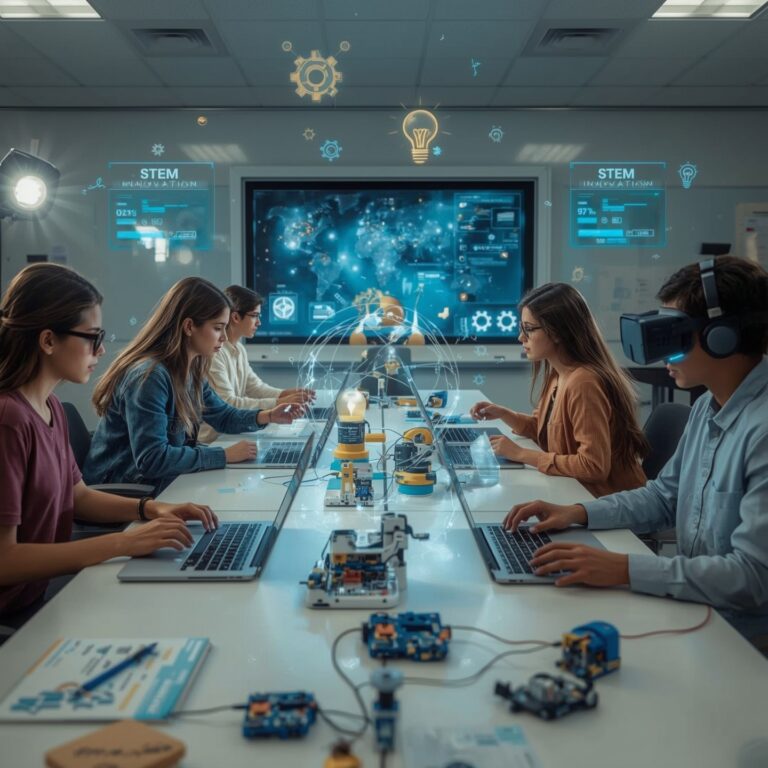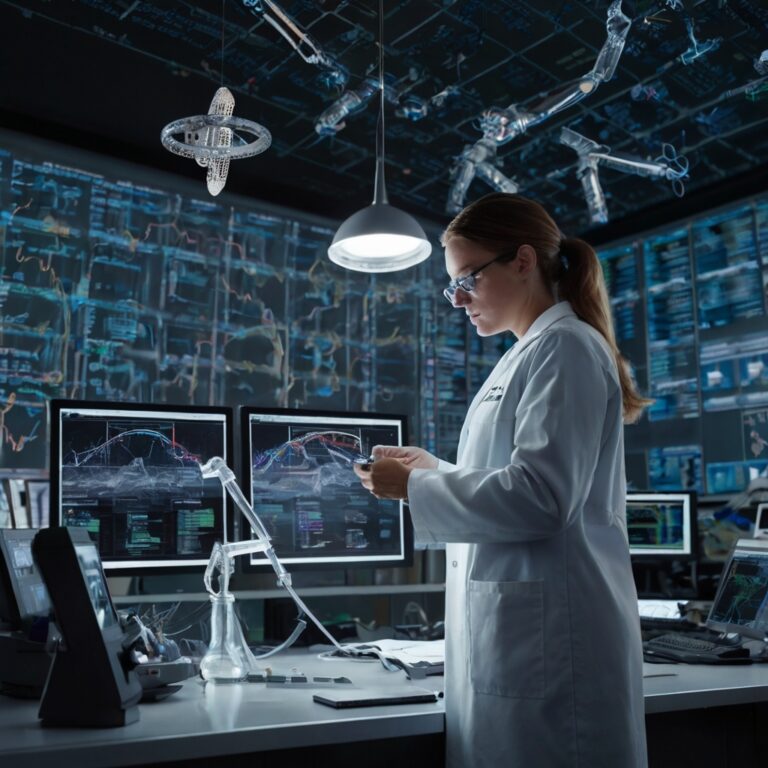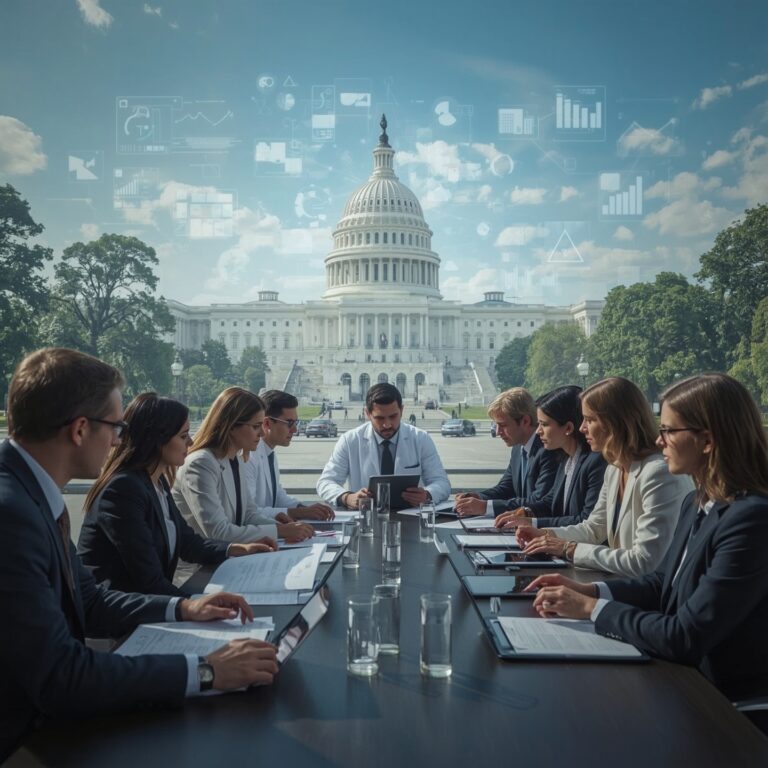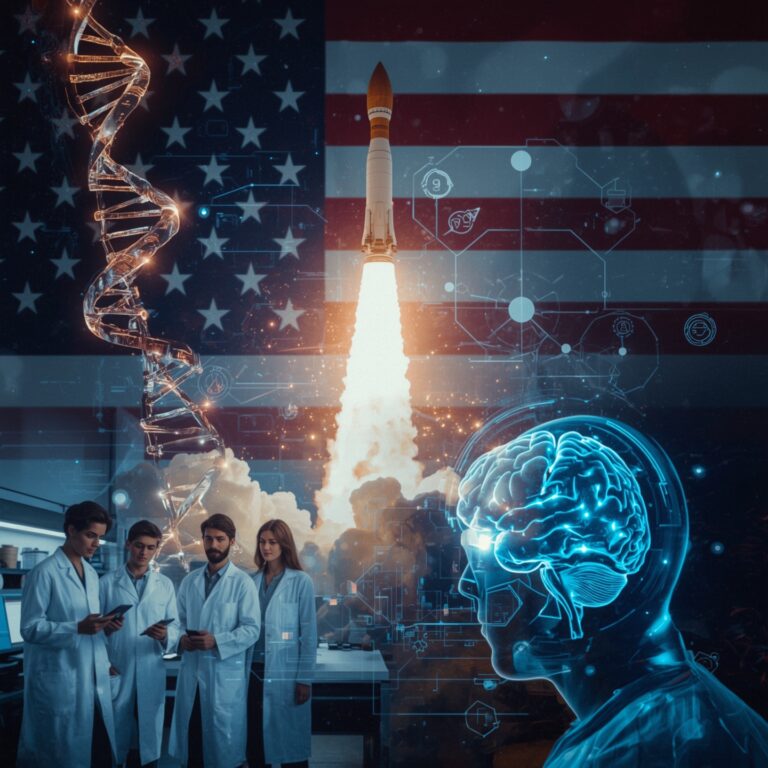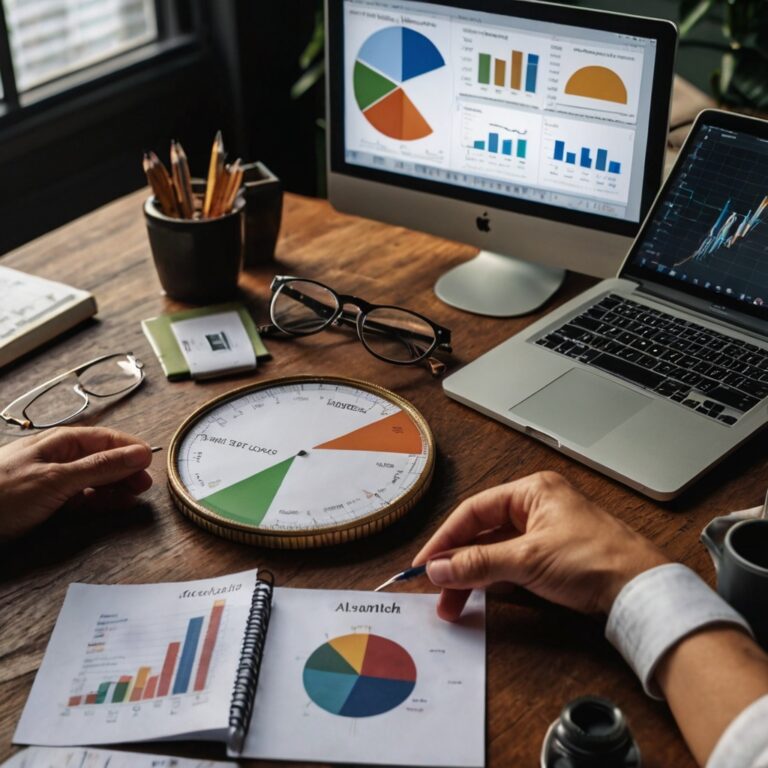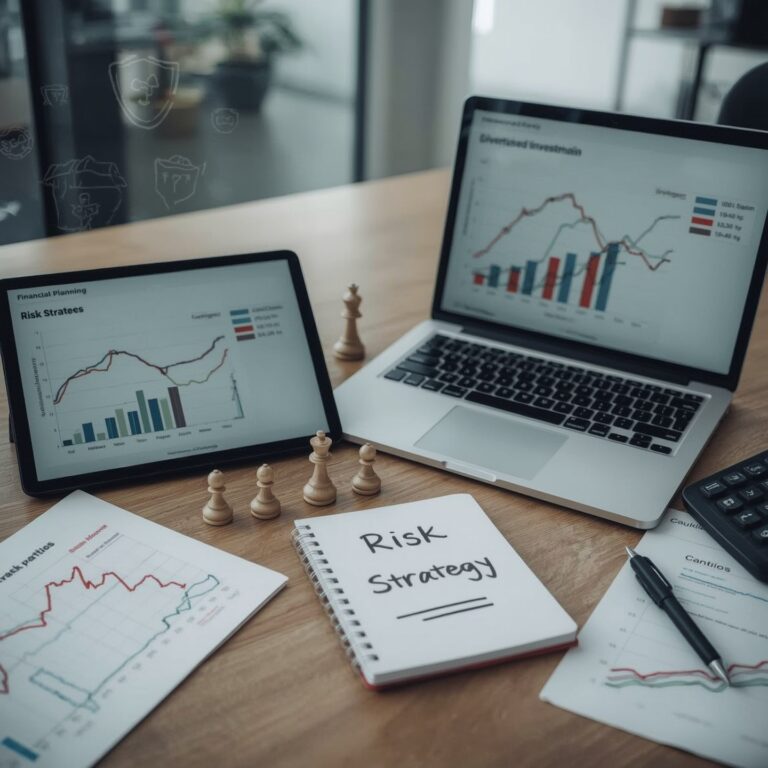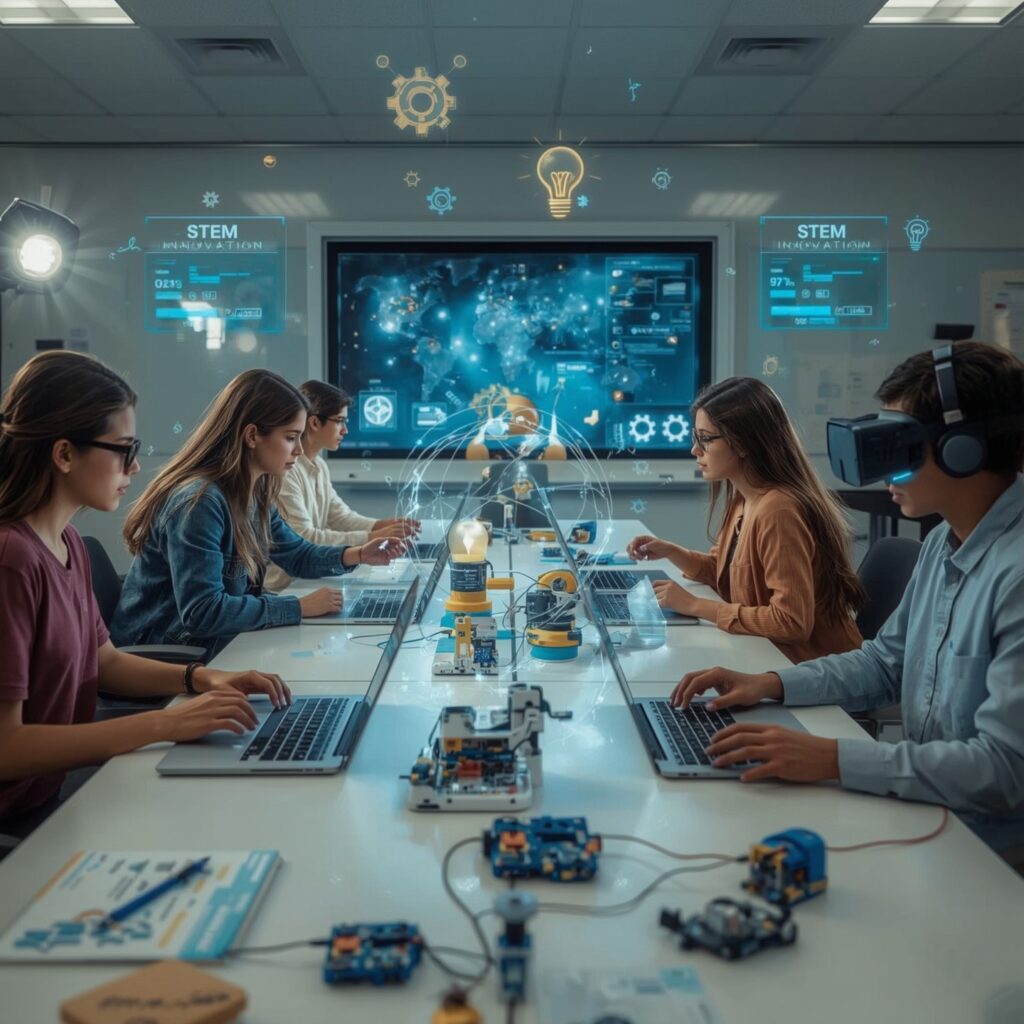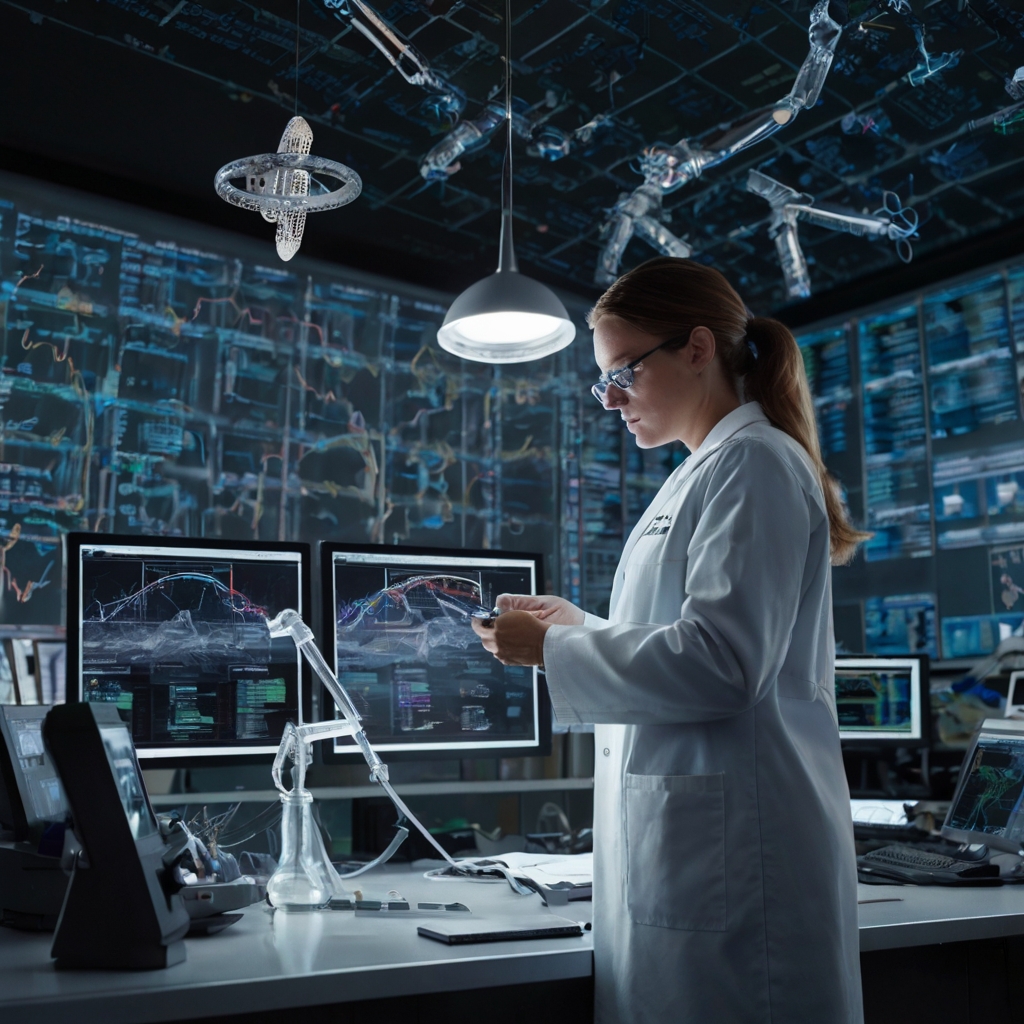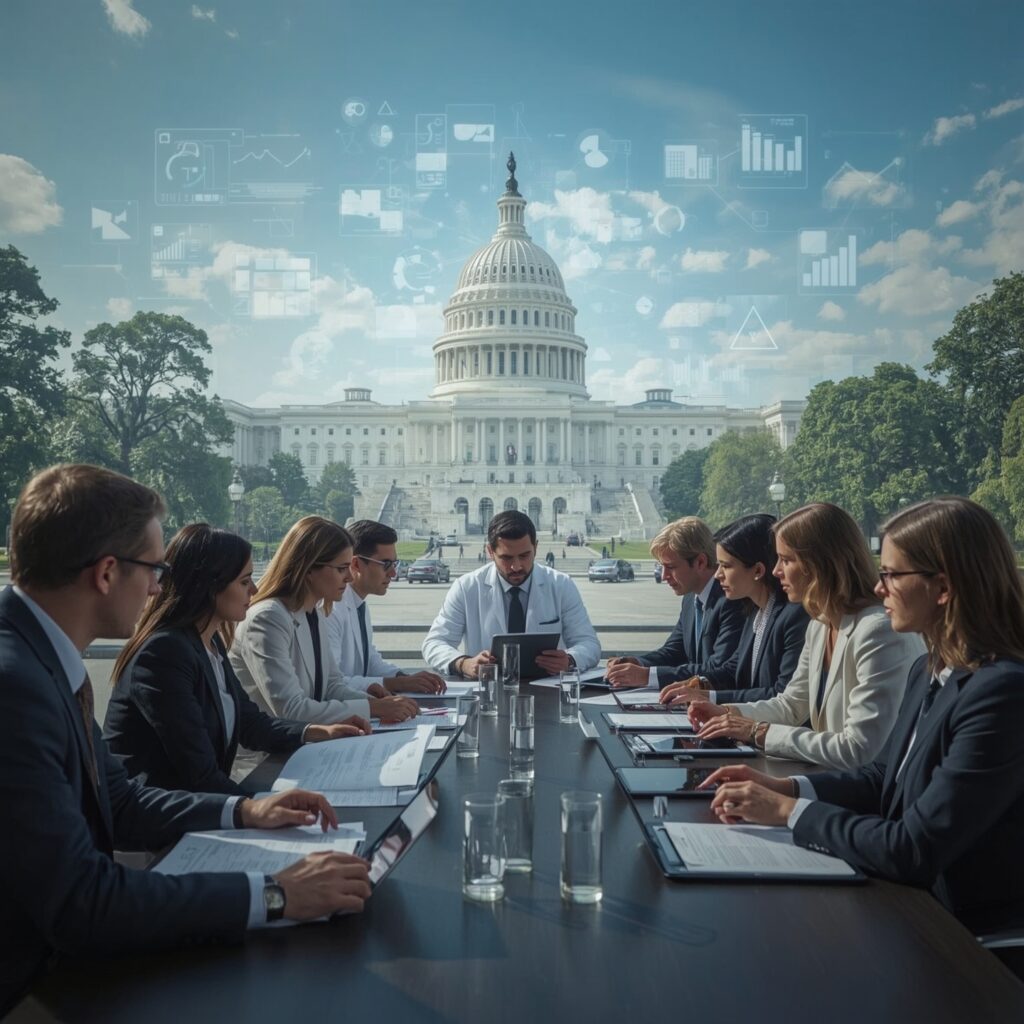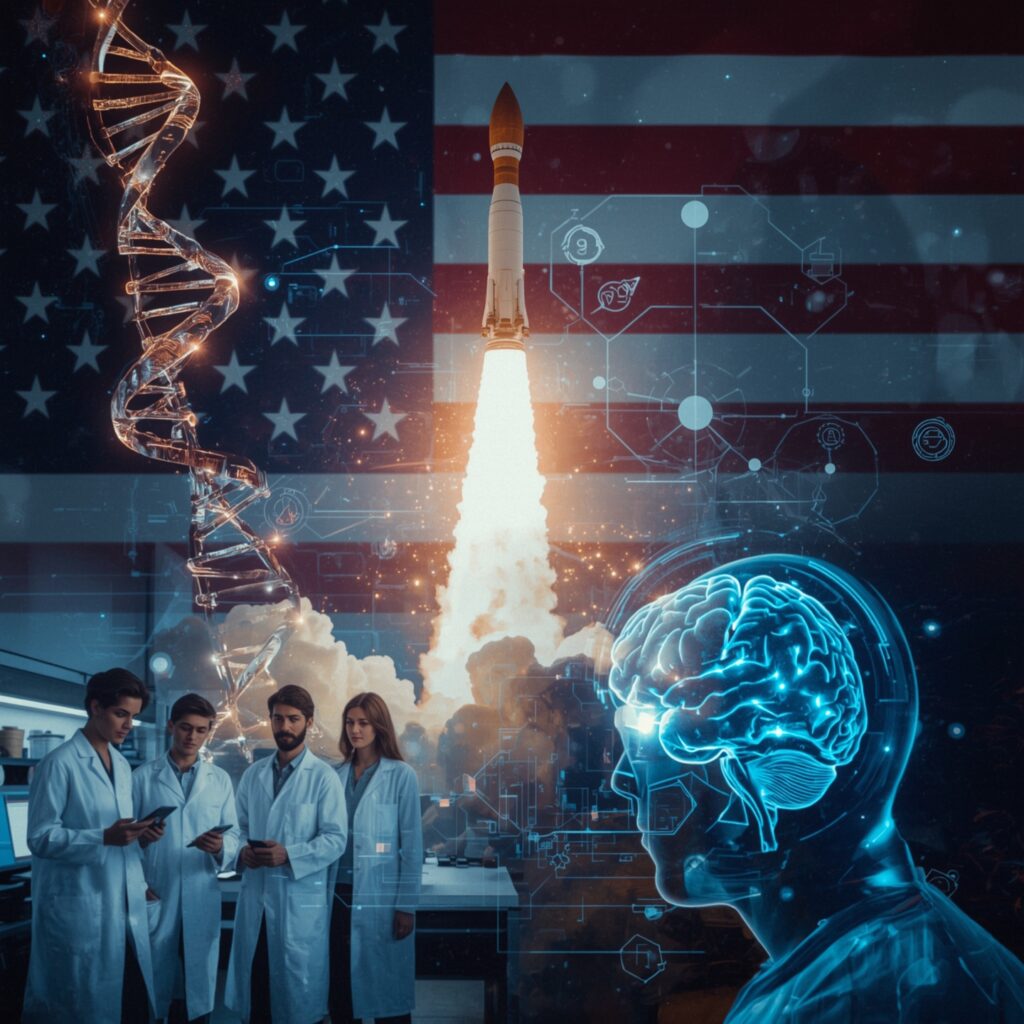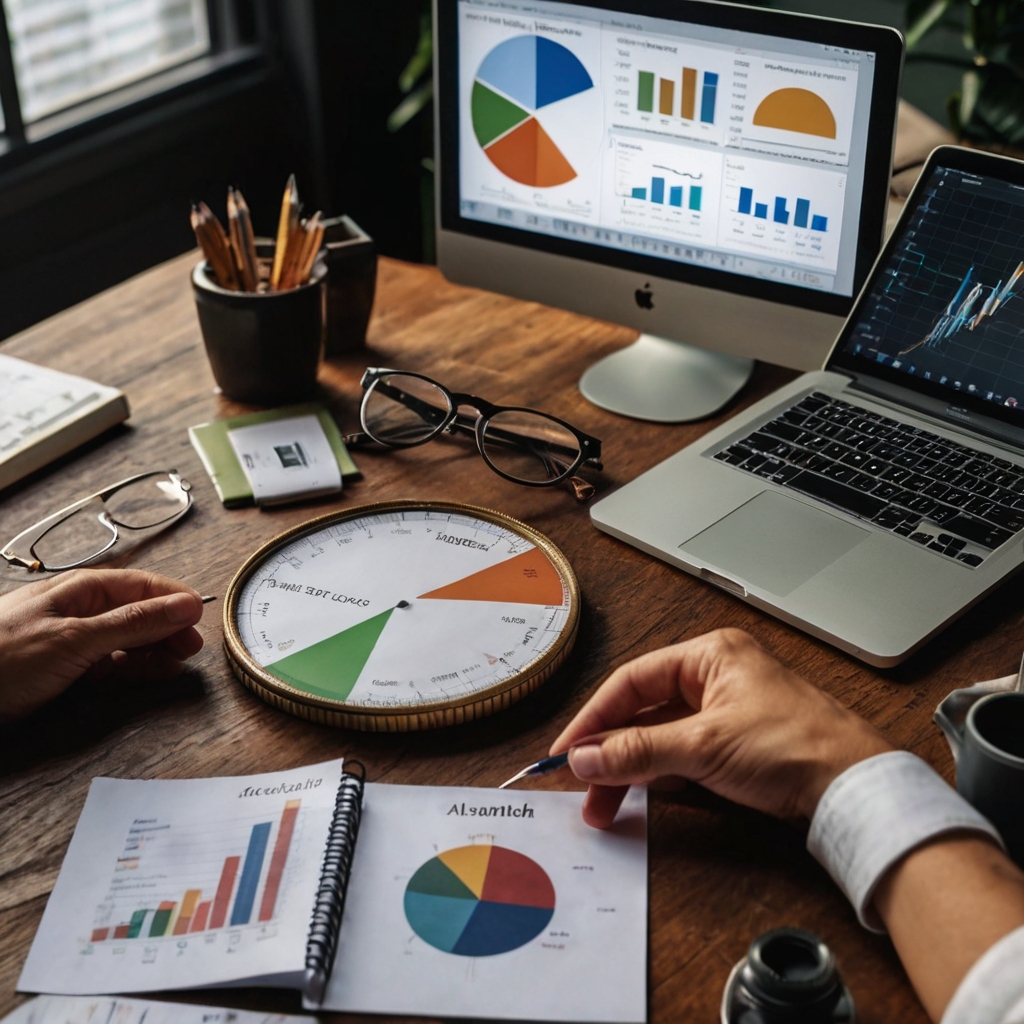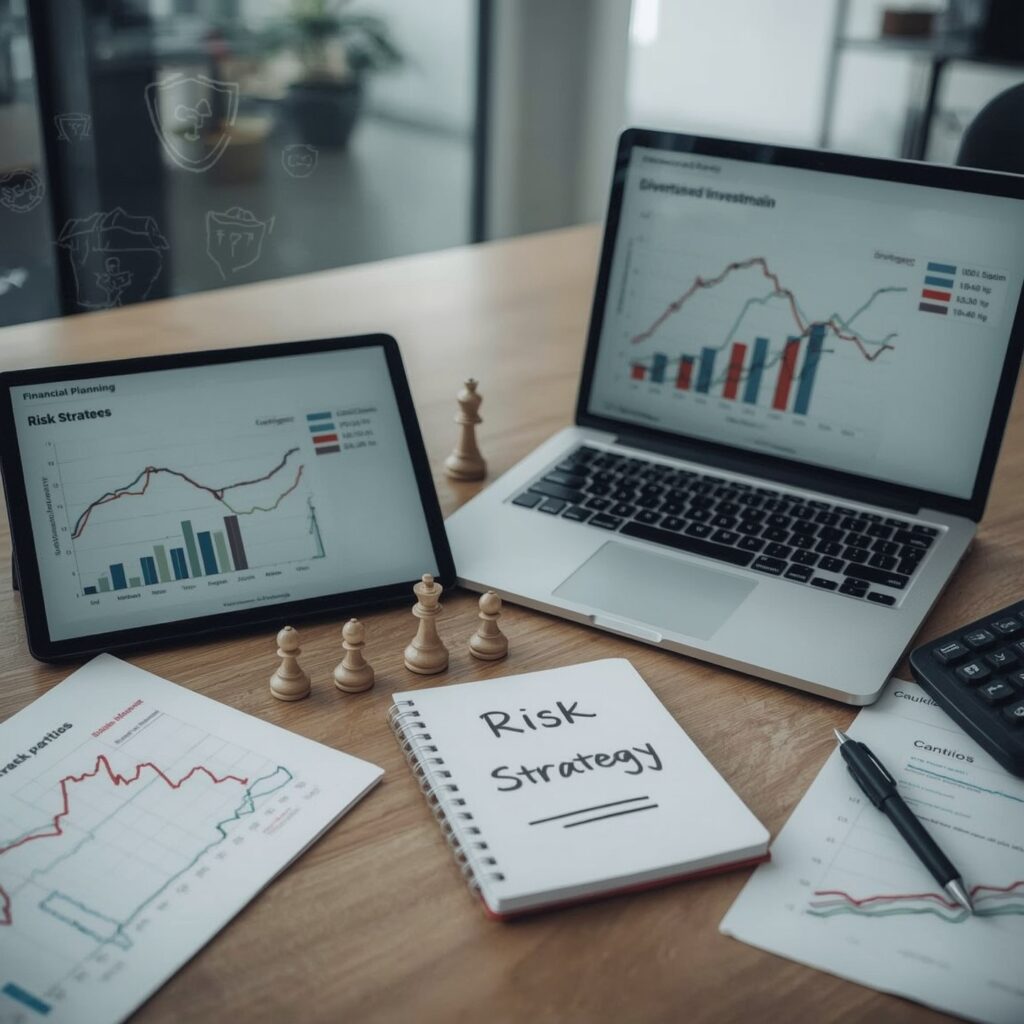An Introduction to the History of Science Timeline
The history of science timeline reflects humanity’s quest to understand the world around us. From early Greek thinkers asking “what is science?” to breakthroughs in modern physics and biology, it’s a journey of curiosity. The author draws on decades of real-world scientific experience and a background in teaching and researching to explain this timeline clearly and accessibly. By consulting authoritative sources like academic journals and established institutions, this content delivers accurate, trustworthy insights, helping readers grasp how the scientific method and landmark discoveries shaped society.
Exploring Ancient Foundations and the Scientific Method
Long before modern laboratories, philosophers in ancient Greece and early civilizations observed nature and developed early versions of the scientific method. This allowed them to ask questions, create hypotheses, test ideas, and form conclusions. With experience referring to classical texts and historical research, the author explains how these steps influenced later scholars. You’ll find clear definitions and relatable examples like “scientific method steps in everyday experiments” to help students and curious readers follow the logic. The authoritative tone, grounded in credible sources, ensures the information aligns with educational and scientific expectations.
The Scientific Revolution and Major Milestones
The Scientific Revolution—featuring luminaries like Copernicus, Galileo, and Newton—was pivotal in shaping modern science. In this phase, we trace the history of science timeline through key developments like the heliocentric model, laws of motion, and early chemistry. Drawing from peer-reviewed studies and historical archives, the author showcases expertise in chemistry and astronomy, with natural examples like “periodic table of elements interactive guide” and “types of science branches.” This helps reinforce trustworthiness by grounding old discoveries in clear, factual contexts.
The Rise of Modern Branches: Biology, Chemistry, and Beyond
As science moved forward, new fields like biology, organic chemistry, marine biology, zoology, and environmental science emerged. The writing reflects the author’s expertise in life sciences and real-world experience in teaching these subjects. The content explains why study science as a career in the U.S., discussing modern pathways in computer science careers and STEM education. Trust is built through citations of academic institutions and authoritative research, ensuring readers receive reliable and actionable information.
Connecting Past to Present: Science News and Public Engagement
The latest science news USA, recent scientific discoveries, and popular science articles for general readers help illustrate how this historical timeline leads to today’s cutting-edge developments. Drawing on authoritative sources such as NASA, NIH, and widely respected science journals, the content conveys how past discoveries continue to impact public policy, environmental health, and technology trends. This section demonstrates trustworthiness and authoritativeness, showing that the author keeps content fresh and grounded in current evidence.
Engaging Experiments and Educational Resources
Bringing theory to life, this part covers science experiments for kids at home U.S., easy science fair projects middle school U.S., and DIY science experiments with household items. With hands-on experience designing and supervising educational experiments, the author shares relatable projects and tips that align with curriculum standards and foster exploration. Advice on finding the best science kits for elementary students and science curriculum standards US K‑12 reinforces relevance. The tone is approachable and empowering, helping readers learn with confidence in the educational value offered.
Why This Timeline Matters Today
Understanding the history of science timeline for students helps connect ancient ideas to modern fields like quantum physics, computer science, and environmental science sustainability topics. By narrating how scientific progress unfolded, the author displays expertise, and personal experience, and frames each era as a building block for future innovation. With trustworthy sourcing and transparent writing, this narrative helps readers appreciate science’s evolution and relevance in contemporary U.S. education and career paths.

